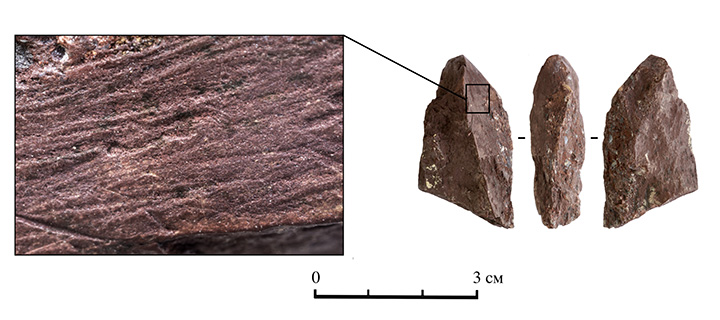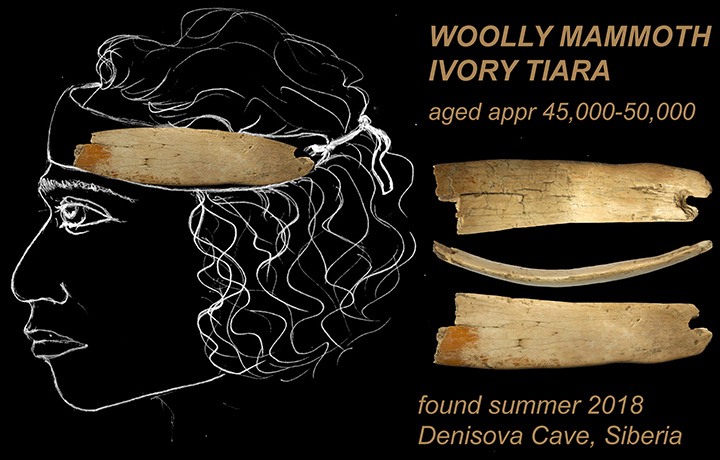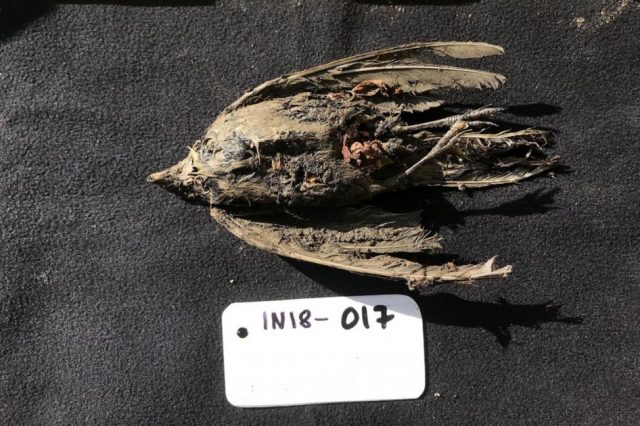The artifacts was excavated in the Denisova Cave in the Altai Mountains, Siberia.
The Mysterious Denisovan Artists
Made out of hematite, an ancient human species living in the world-famous Denisova Cave in Siberia crafted intricate crayons which they used to paint artwork in the Altai Mountains. Experts believe these ancient artists were not Homo Sapiens, but most likely Denisovans, a long-lost branch of ancient humans.
The Reddish Crayon Discovery
Discovered in the Denisova Cave, the crayon is believed to have been used in ancient times to apply a reddish color to different artwork. The archaeological layer where the ‘crayon’ was excavated from dates between 45,000 and 50,000 years ago. The cave was mainly occupied by the ancient Denisovans, whose closest modern-day descendants are thought to have lived thousands of miles away, in territories of Australia and Papua New Guinea. However, experts also say that archaeological discoveries have shown that the cave was also inhabited by Neanderthals.

A Treasure Trove of Ancient Artifacts
Scientists revealed the discovery of the ancient coloring crayon shortly after archaeologists announced they had found a 50,000-year-old Tiara made out of Woolly Mammoth Ivory, also in the cave. Among the many discoveries archaeologists have made through the years, they recovered ivory and talc (soapstone) beads and a marble pebble with traces of ocher. They have also excavated jewelry believed to date back between 50,000 and 70,000 years. The ivory and talc (soapstone) beads and the marble pebble are considered among the world’s oldest.

The Crayon’s Significance and Potential Usage
The discovery of the ancient crayon was announced by Professor Mikhail Shunkov, head of the Institute of Archaeology and Ethnography, Siberian Branch of the Russian Academy of Sciences. “This summer we made a unique find for Denisova Cave,” explained Professor Shunkov to the Siberian Times. “We call it a ‘pencil’, it has a natural pigment – hematite, which prehistoric artists used for different art while living in the cave. The piece of hematite was processed.” He added, “We cannot say how exactly it was used, but we believe it was for some artistic purpose. We previously found similar ‘pencils’ at Karabom Paleolithic site, some 120 kilometers from Denisova Cave. So far we do not know other similar finds, but we hope there will be more.”
The Oldest Crayon in Euroasia?
The ancient crayon was recovered from the southern gallery of the Denisova cave. Similar artifacts have been discovered in Africa and are thought to have also been used in cave art from the region. This crayon, however, could be the oldest ever discovered in Eurasia. Thanks to the numerous discoveries archaeologists have made in the Denisova cave, they believe that this ancient human species was way more advanced than what we previously believed. Interestingly, the DNA of Denisovans lives on, but nowhere near Siberia. People living in Australia and Papua New Guinea carry around five percent of Denisovan DNA, say scientists, suggesting that a massive migration took place in prehistoric times.





